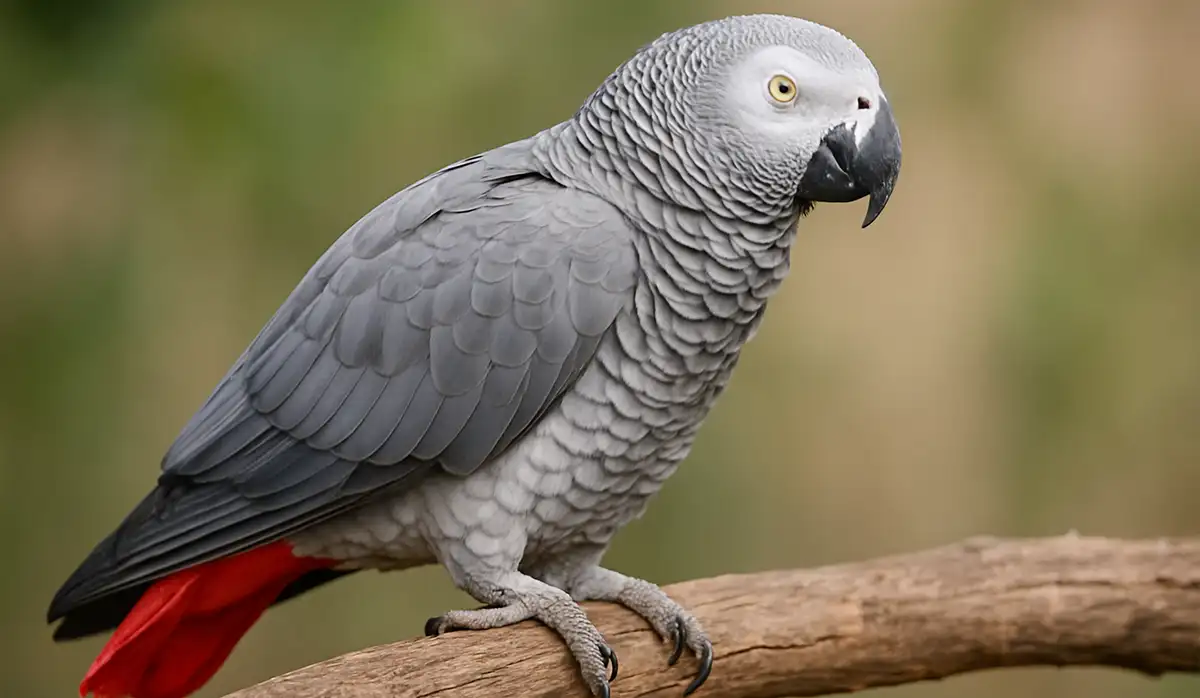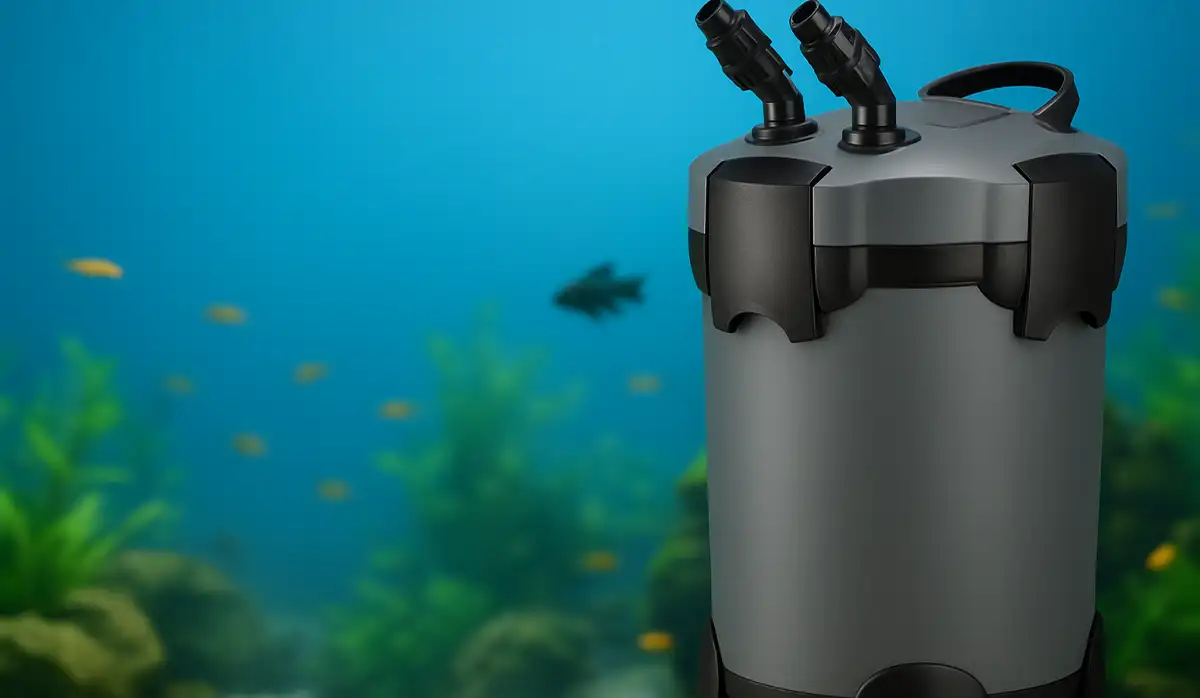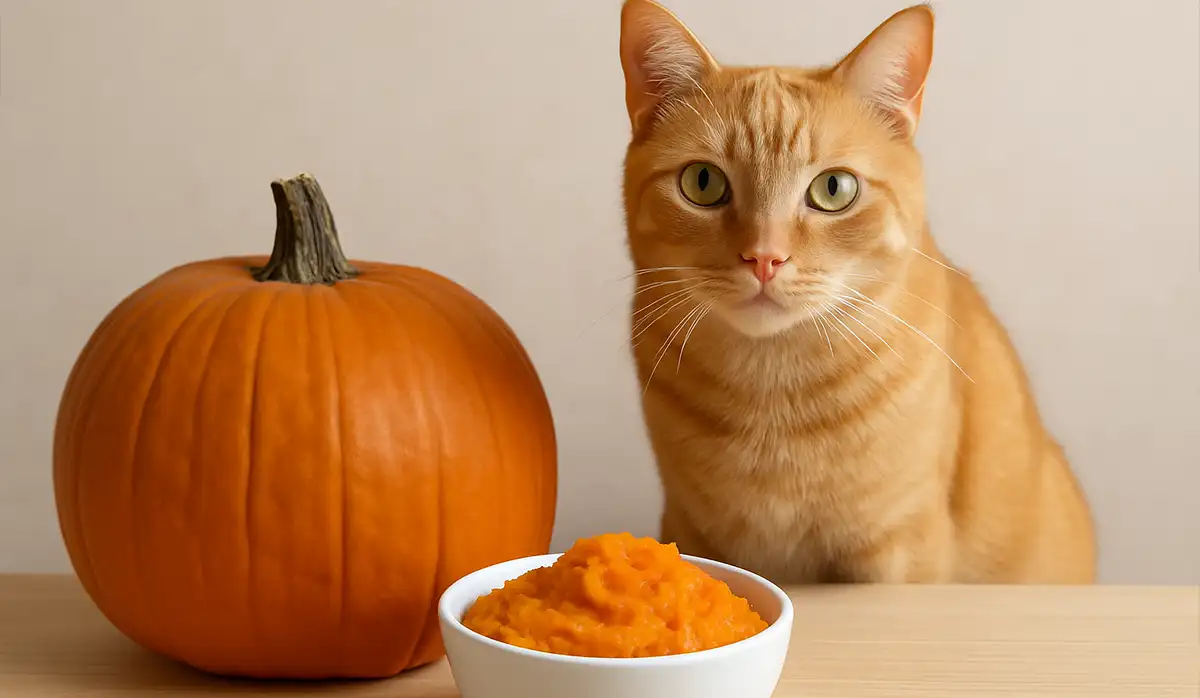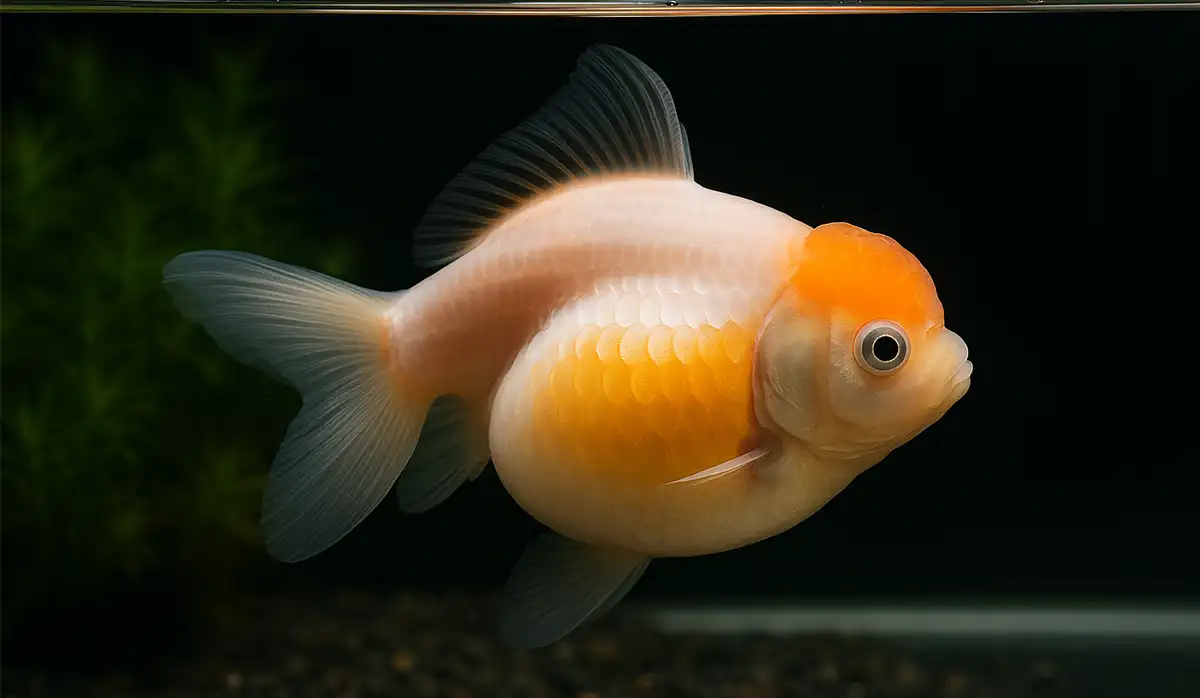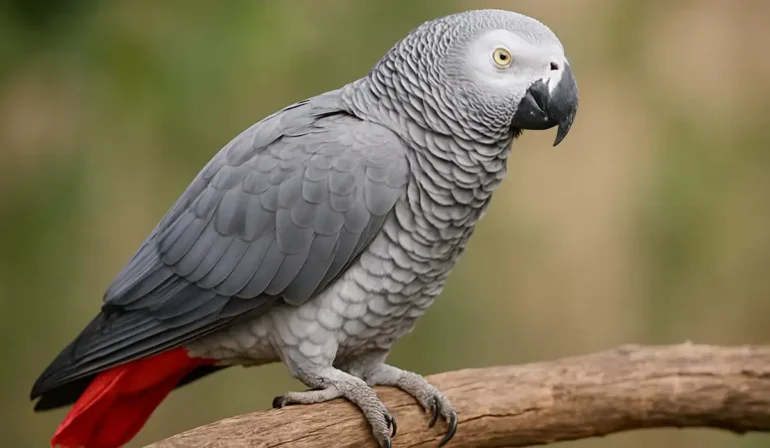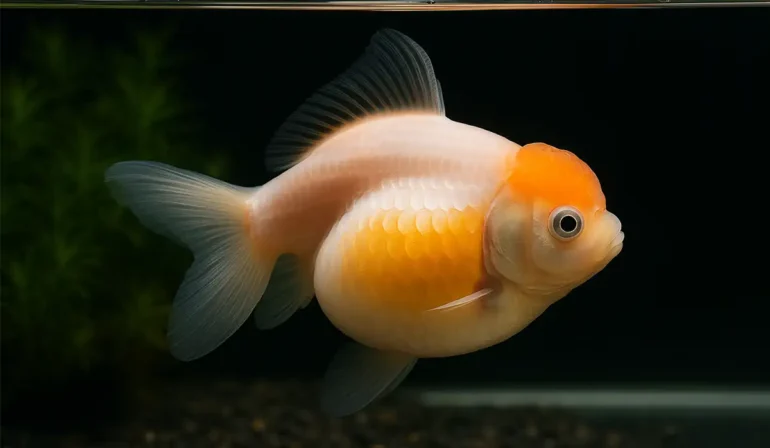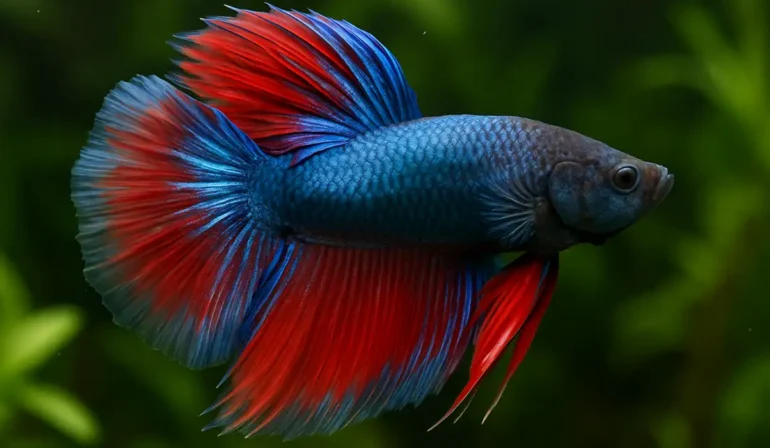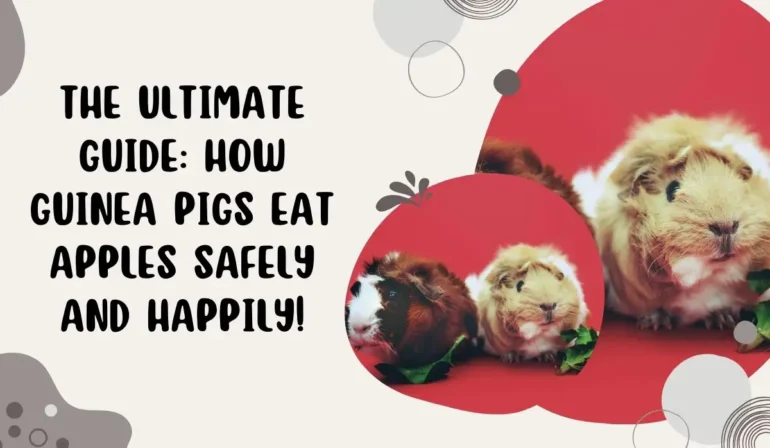🦎 Leopard Gecko Diet: What You Need to Know to Keep Your Gecko Happy and Healthy
By Pet Luvz on June 2, 2025
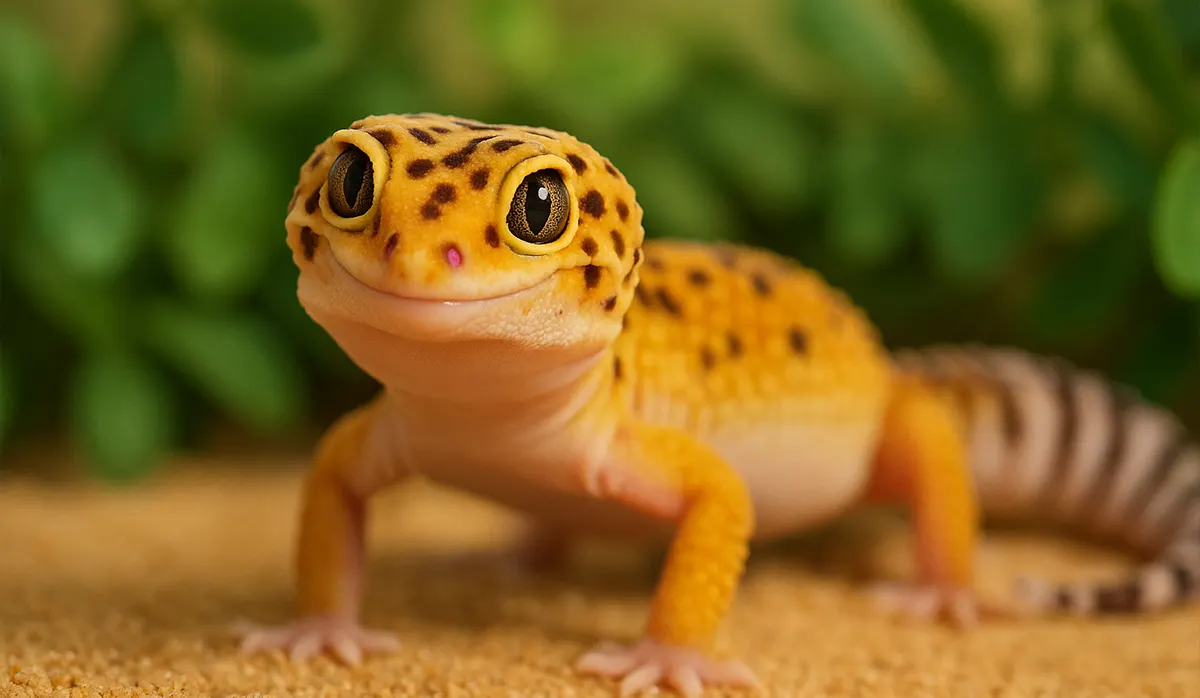
Introduction to Leopard Gecko Nutrition
What Makes Leopard Geckos Unique?
Leopard Geckos (Eublepharis macularius) are one of the most popular reptile pets around the world—and for good reason! They’re low maintenance, friendly, and don’t require a massive enclosure like some larger lizards. But what truly sets them apart is their strictly insectivorous diet. Unlike some other reptiles that enjoy the occasional leafy green or fruit slice, Leopard Geckos “Leopard Gecko Diet” thrive solely on a protein-rich diet of live insects.
They also have no eyelids (just kidding—they do, which is rare for geckos!), and their eyes give them excellent night vision to help hunt prey after dark. This unique nocturnal lifestyle plays a major role in how, when, and what they eat.
Table of Contents
Why Diet Matters for Their Longevity
Imagine trying to fuel a sports car with the wrong type of gas—it won’t go far, right? The same principle applies to your gecko. Feeding your leopard gecko “Leopard Gecko Diet” the wrong food can lead to poor growth, lethargy, or even life-threatening illnesses like Metabolic Bone Disease (MBD).
A healthy diet does more than just keep your gecko alive—it keeps them alert, active, shedding properly, and growing at a healthy rate. Proper nutrition supports their:
- Bone strength
- Immune system
- Reproductive health (if breeding)
- Overall energy and temperament
Also, geckos rely heavily on external calcium and vitamin D3 supplementation since they don’t bask under natural sunlight like wild reptiles do. If you skip these crucial elements, your gecko’s “Leopard Gecko Diet” could suffer from brittle bones, deformities, and even paralysis.
Bottom line? A balanced diet is your #1 tool for ensuring your leopard gecko “Leopard Gecko Diet” lives a long, vibrant life—potentially up to 15–20 years! And that’s not an exaggeration. With good care, some leopard geckos outlive many pet cats!
The Role of Feeding Habits in Behavior
Feeding time is more than just nutrition—it’s enrichment. Watching your gecko stalk, hunt, and pounce on crickets or mealworms mimics their natural behavior. This keeps them mentally stimulated and happy, much like how a cat enjoys chasing a laser pointer. A bored gecko, “Leopard Gecko Diet,” is a stressed gecko, and stress can mess with their appetite and health.
What Do Leopard Geckos Eat in the Wild?
Insectivorous Nature of Leopard Geckos
In the wild, leopard geckos “Leopard Gecko Diet” roam the deserts of Afghanistan, Pakistan, and India. They hunt bugs like crickets, beetles, and spiders—anything that crawls and fits in their mouth.
Natural Hunting Behavior
They’re nocturnal, so most of their bug-chasing happens at night. Watching them stalk prey is like watching a tiny dinosaur on a mission. It’s instinctive—and fun to replicate in captivity.
Core Diet for Pet Leopard Geckos
Staple Insects: Crickets, Mealworms, and Dubia Roaches
Crickets and mealworms are the go-to foods. Dubia roaches are also amazing—nutritious, soft-bodied, and easy to digest. Make sure the bugs are no larger than the space between your gecko’s eyes!
How Often Should You Feed Them?
- Juveniles (under 12 months): Every day
- Adults: Every 2–3 days
Keep the portions small but regular. Overfeeding can lead to obesity.
Occasional Treats and Supplements
Waxworms, Superworms, and Silkworms
These are like candy for your gecko. High in fat and delicious—but not for daily use. Waxworms are especially fatty, so think of them as the doughnuts of the reptile world.
When to Offer Treats (and When to Avoid Them)
Offer treats no more than once or twice a week. Too many treats = chunky gecko. And trust us, an obese gecko is not a healthy one.
Gut-Loading and Dusting Insects
What Is Gut-Loading?
Gut-loading means feeding the insects high-nutrient food 24 hours before feeding them to your gecko. You are what you eat—and so is your gecko!
Calcium and Vitamin D3 Importance
An insect that is served with calcium powder (no D3) every day and D3 several times a week. This prevents serious issues like metabolic bone disease (MBD).
Foods to Avoid for Leopard Geckos
Insects That Are Toxic or Too Hard to Digest
Do not supply fireworks, violently caught mistakes, or mistakes with hard mussels like big beetles. These may be toxic or indigestible.
Why You Should Never Feed Fruits or Veggies
Leopard geckos cannot process plant matter. Their digestive system is built for meat, specifically insects.
Feeding Juvenile vs. Adult Leopard Geckos
Feeding Schedule Differences
Young geckos, “Leopard Gecko Diet,” grow quickly, so they need to eat daily. Adults are chill and don’t need to eat as often.
Nutritional Needs by Age
Juveniles need more protein and calcium, while adults benefit from a balanced but slightly reduced intake to prevent weight gain.
Water and Hydration Needs
Importance of Clean Water
Always place fresh, clean water in a flat bowl. I don’t drink much water, but fluid intake is still the key to digesting and switching off.
Mist or Bowl: Which Works Best?
Bowls are better. Misting can help during shedding, but don’t rely “Leopard Gecko Diet” on misting alone for hydration.
Signs of a Healthy Diet
Physical Appearance Indicators
A healthy gecko has bright eyes, a plump tail, and smooth skin. Their body should be firm but not bloated.
Behavior and Activity Levels
If your gecko “Leopard Gecko Diet” is hunting, pooping regularly, and shedding well, you’re doing something right!
Common Diet-Related Health Issues
Metabolic Bone Disease
Caused by calcium or vitamin D3 deficiency. Symptoms include weak limbs, twitching, and deformities. This is preventable with proper supplementation.
Obesity and Malnutrition
Too many fatty insects or irregular feeding can cause health issues. Keep a balanced feeding schedule and track their weight.
Tips for Picky Eaters
How to Encourage Eating
Try different insects. Wiggle the bug with tongs. Warm the insect slightly to increase scent appeal. Sometimes, geckos “Leopard Gecko Diet” just want the “good stuff.”
When to Seek Vet Help
If your gecko refuses food for more than 10 days, it’s vet time. It could be illness, impaction, or stress.
Seasonal Feeding Adjustments
Brumation and Appetite Changes
During cooler months, geckos “Leopard Gecko Diet” may go into a semi-hibernation called brumation. They eat less and move less—it’s normal.
Adjusting the Feeding Schedule Accordingly
Reduce feeding frequency but keep offering food periodically. Don’t worry—they’ll eat when they’re ready.
Leopard Gecko Feeding Tools and Setup
Feeding Tongs vs. Hand Feeding
Feeding tongs = less risk of getting bitten. Also more hygienic and allows better control of food.
Choosing the Right Feeding Dish
Use shallow, smooth dishes that prevent insects from escaping. Mealworm bowls are a great choice.
Trusted Commercial Foods and Brands
Pros and Cons of Packaged Insect Diets
Some gecko owners use freeze-dried or canned insects. These are okay in emergencies but lack the nutrition of live bugs.
Brand Recommendations
Trusted options include
Conclusion and Final Tips
Recap of Key Takeaways
Feeding your leopard gecko “Leopard Gecko Diet” isn’t complicated, but it’s crucial to get it right. Stick to safe insects, gut-load them, dust with supplements, and avoid overfeeding.
Keeping Your Gecko Thriving
Consistency is key. A well-fed gecko is a happy gecko, and a happy gecko “Leopard Gecko Diet” lives a long, healthy life!
Read More: Good Exotic Pet Care
🦎 FAQs About Leopard Gecko Diet
Q1: Can leopard geckos eat pinky mice?
A: Technically, yes, but it’s not recommended. They are too expensive and are not necessary for healthy yams.
Q2: How do I know if Gecko is underweight?
A: Look at the tail—it should be plump. Thin tails are a red flag.
Q3: What’s the best way to store feeder insects?
A: Hold them in a container of velveteen, with the appropriate food for intestinal loads. Don’t forget the hydration gel!
Q4: Can I feed dead insects to my gecko?
A: Only if they’re canned or freeze-dried from reputable brands. Avoid dead bugs in your home—they may carry pesticides.
Q5: Is it okay to leave live insects in the tank overnight?
A: No. In particular, the grill allows you to chew gecko while you’re sleeping. Always remove uneaten insects after feeding.
YOU MAY ALSO LIKE
Top Pick
-

African Grey Parrot: A Smart, Loving, and Talkative Companion
July 22, 2025
-

5 Best Canister Filters for Crystal Clear Water in Your Pet Fish Tank
July 8, 2025
-

Is Pumpkin Good for Cats? Everything You Need to Know
July 5, 2025
-

Swim Bladder Treatment: Solutions for Aquarium Fish Health
July 3, 2025
-

7 Fascinating Betta Fish Facts Every Owner Should Know
July 2, 2025
